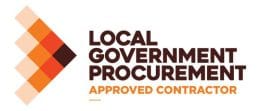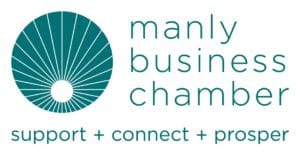Recruiters: How You Can Close the Gender Gap
A new McKinsey Global Institute report found that a staggering US$12 trillion could be added to global GDP by 2025 by promoting gender equality in the labour market. But achieving this outcome will involve a concerted effort by individuals, businesses, society and government.
The statistics speak for themselves. According to data published Australia’s Workplace Gender Equality Agency in August 2016, the workforce participation rate for women is 59.3% versus 70.4% for men. Women earn on average 16.2% less per week than men for working a full-time week; average graduate salaries of 9.4% less for women than for men. And one quarter of Agency reporting organisations have no key management personnel who are women.
The McKinsey report identifies six types of intervention that are necessary to bridge the gender gap, including financial incentives and support, advocacy and shaping attitudes, and laws, policies and regulations. Recruiters can play a key role in promoting gender equality in the workplace. You are responsible for attracting candidates to job opportunities, assessing their suitability for roles, and – ultimately – hiring decisions. Here are some of the steps you can take to create the workplace of the future.
Ensuring job descriptions and ads are gender neutral
Unless your role has a specific gender requirement, your job description and any ads should be designed to appeal to all potential applicants. Written material should focus on the qualifications and skills required to perform the role.
Gendered wording is also an important consideration in any job descriptions and ads. This is where words are associated with masculine or feminine stereotypes. Wording such as determined, aggressive and ambitious are considered typically masculine, while supportive, understanding and compassionate are feminine adjectives. Research published in the Journal of Personality and Social Psychology in 2011 found that when highly masculine wording was used in job ads, women found the jobs less appealing. Get it right and you could be on to a winning strategy: US employment marketplace ZipRecruiter found that job listings with gender-neutral wording got 42% more responses from applicants.
Avoiding personal questions at interview
Some areas are strictly off limits at interview, and at every stage of the recruitment and selection process. Make sure you don’t ask candidates – male or female – about their marital status, children and childcare arrangements, plans to start a family, or any questions related to their personal life. Play it safe – assess your candidates’ professional competency for the role.
Being aware of conscious and unconscious bias
As we have previously written, conscious and unconscious bias can affect an individual’s judgment, behaviour and beliefs. A male interviewer may have an unconscious preference for a male candidate for a role, or vice versa. You can reduce the possibility for bias in a variety of ways, e.g., by using a structured interview process to assess all candidates, and including more than one assessor in the decision-making process. Take a look at our blog article “Interviewers – Are you Biased?” for more insights into types of bias and tips on reducing their impact.
Considering affirmative action to redress the balance
Yes, in most cases you should take a gender neutral approach to recruitment. But if you work in a field where women – or men – are significantly underrepresented, then you could consider affirmative action. At the University of Melbourne’s School of Mathematics and Statistics, two out of 21 professors and one in five teaching and research staff were women in 2016. In a bid to increase female involvement in the school and sector, the university asked women only to apply for three maths and statistics jobs.
Do note that in NSW, employers generally need to have an affirmative action strategy certified by the Anti-Discrimination Board. The Board’s factsheet has heaps more information about discrimination, equal employment opportunities, and affirmative action.
The gender gap is not going to close overnight, but self-awareness by recruiters together with adjustments to recruitment and selection processes can help pave the way for significant change in the workplace.










Leave a Reply
Want to join the discussion?Feel free to contribute!